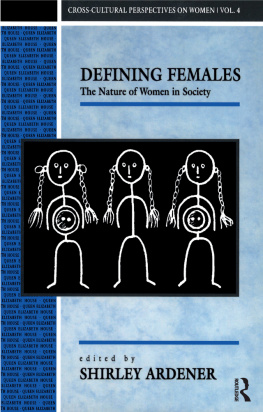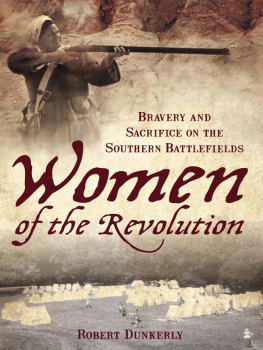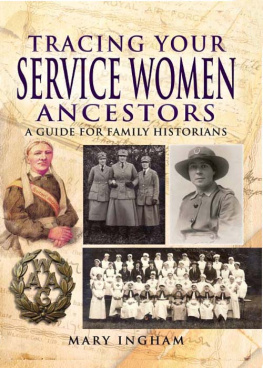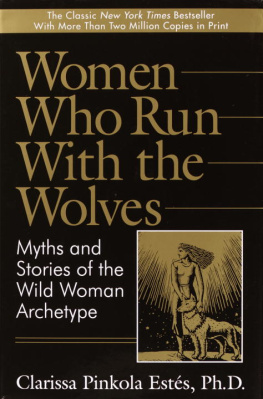First published in 2016 by
Berghahn Books
www.berghahnbooks.com
2016 Shirley Ardener, Fiona Armitage-Woodward and Lidia Dina Sciama
All rights reserved. Except for the quotation of short passages for the purposes of criticism and review, no part of this book may be reproduced in any form or by any means, electronic or mechanical, including photocopying, recording, or any information storage and retrieval system now known or to be invented, without written permission of the publisher.
Library of Congress Cataloging-in-Publication Data
A C.I.P. cataloging record is available from the Library of Congress.
British Library Cataloguing in Publication Data
A catalogue record for this book is available from the British Library
ISBN 978-1-78533-013-1 (hardback)
ISBN 978-1-78533-014-8 (ebook)
Illustrations
. We soon learnt how to use our weapons.
. The Faber household in April 1945 with the house, Ons Hoekje, in the background. Back row: Lodewijk Prins, Ank Faber, Gerda Bloch, Adriaan Faber, Annelies Romein, Jan Kronenberg. Front row: Hanna Faber, Edward Faber, Pieter Faber, Ren Faber.
. My brother Wolfram Jaschoks etching Der Trek served as our mothers book cover.
. Registration card issued to refugees, dated 5 February 1945, bearing the name of Hildegard Jaschok, allowing her temporary refuge in Langenbielau, Lower Silesia.
. My fathers sketch of a soldiers boots (1945). Bruno Jaschok wrote, Das Marschieren ging Zuende (The marching came to an end).
. Illustration from my mothers book, 44, taking trains in immediate post-war Germany. Caption reads, Ein Kennzeichen der Zeit vor 50 Jahren: Zge mit Flchtlingen und Hamsterern (A feature of the time [as they were] 50 years ago: trains [packed] with refugees and hawkers).
. A first home in West Germany (British occupied zone), a sketch by my father; from my mothers memoir, 60.
. General Aung San with Kachin women in 1946. This has become an iconic image, often used to represent visually the ideological conception of supposedly harmonious ethnic relations to which Burmese nationalists claim to aspire.
Sa Kaeo II UNBRO/UNHCR Military Holding Camp, 1981.
. Two sets of newly born twins at Sa Kaeo II Military Holding Camp on the Thai/Cambodian border.
Womens Autobiographical and Biographical Experiences of War across Continents
An Introduction
Shirley Ardener

The volume we offer here is concerned with contemporary issues. It reflects our anxieties about the spread of social conflict even extreme violence throughout the world today and our awareness of the fragility of peaceful existence. To see beautiful cities turned into rubble in this digital age, with its global economies, its international institutions, while social media cut across international, social and ethnic boundaries, is almost unbelievable. Sitting comfortably at home watching the devastation shown on TV we cannot believe our eyes. Commentators struggle to explain todays news stories by references to past events, before the modern technological wonders of our twentieth century existed. We can say that the past interprets our present for us; it is always with us. It is there as a warning and as an inspiration. And we come to realize that our present is a heritage for the future. When grand events dominate, their impact on individuals is overshadowed. The everyday disturbances to people, the personal tragedies and the ways they are overcome get lost in the thunder of events. So, as well as considering ongoing events, this book looks at former times, as reflected in the narratives of women experiencing conflict. For example, through their voices we learn from women in the jungles of the Cambodia-Thailand border, along the canals of Venice, in the hills of Rwanda and in the harsh terrains of Afghanistan.
There are multiple visions here held by women who see themselves, or who are seen by others, as victims or heroines, as liberators or oppressors, as indigenes or refugees. In one lifetime a woman may pass from being one to another, perhaps several times over. A liberation movement to some may be an insurgency to others. Apparently benign acts, such as policies to prevent soil erosion, may trigger turmoil or worse, as was the case in Cameroon before Anlu (a womens revolt), and in Kenya before Mau Mau. Not all Kenyans supported Mau Mau, though they may have shared its ultimate objectives. It depends on who is counting.
We should note that the emphasis in this book is not on institutions, political parties or policies, nor is it primarily focused on the historical causes of conflict; rather it is placed on named persons, on family, on those with whom they interact, for good or bad, in specific contexts. The authors report on what people tell them, and they consider the ways womens actions have impacted on life today as memories cascade down to the present, sometimes bearing with them unexpected outcomes. They show how women on active service are still coping, and contributing, in todays war zones.
In 2013, Sharon Macdonald (p. 217) wrote Some pasts loom especially large in both official and popular memory within Europe. That of World War II is perhaps the largest and loomiest, and far from fading, its public marking is increasing. Given this interest, it is fortunate that, just before the Second World War began, members of the British public were invited to record their daily activities in diaries which they deposited in the newly established Mass Observation programme. Continued and expanded throughout the Second World War to include the day-by-day thoughts of men and women at the front, these archives are now a treasure trove offering insights into the life and times good and bad, simple and complex, amusing and horrifying which our elders experienced.
Indeed, in June 2014 the media of the United Kingdom, as elsewhere, was flooded with recollections as Europe and America celebrated the seventieth anniversary of the D-Day landing in Normandy on 6 June. At such events uniforms come out of wardrobes, young men fly the flags, heads of state and politicians parade. Former foes stand ceremonially side by side in France; their seemingly casual encounters offering them opportunities to negotiate political boundaries and citizens rights from very changed positions. Did memories of the politics preceding the Second World War and the cruelties of combat bear upon their thoughts as they discussed todays boundary disputes in Crimea?
Following the celebrations for D-Day, attention has since moved to an earlier conflict, the First World War (19141918). The extensive coverage in British newspapers, and on television programmes, has been reflected in the public response, notably at the display of ceramic poppies, emblems of the renewal of life on the battlefields, which attracted over four million viewers to the historic Tower of London. The public interest in the past is not merely an expression of nostalgia, nor of heart-rending sentiments. It is because the past offers heroic accomplishments to be cherished, as well as burdens to regret. At the same time the past is refigured as elements are forgotten or revived, especially when claims to prestige and, perhaps, to natural and political resources arise. While acknowledging that traditionalist formations, like military anniversaries, have their place, we cannot fail to note the relative absence of women in the parades. To balance this somewhat, we bring to the fore here how women, in military and in civil society, cope with conflict by their deportment under great stress, their survival strategies, each in her own way and particular circumstances, so that we may identify with them, perhaps learn from them. The chapters that follow open our eyes, both to unfamiliar histories and to ongoing current affairs that we read about in the newspaper or see enacted on TV. We may wonder whether we would manage as well as those women whose lives we discuss here, should events put us into similar circumstances.












